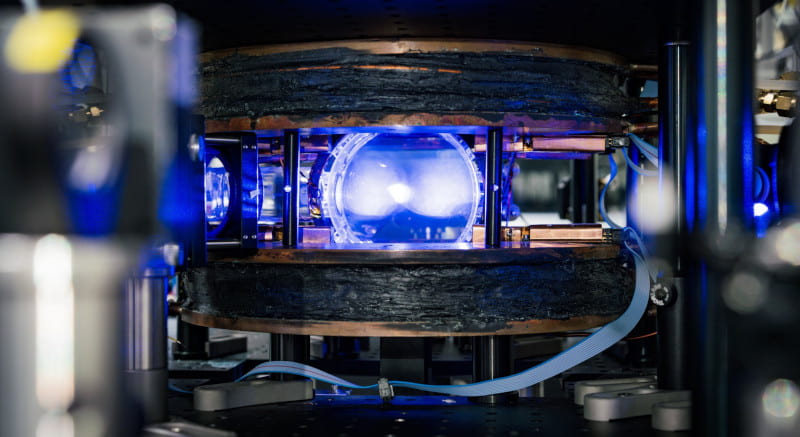Publishing in Nature Communications, Associate Professor David Wilkowski and co-workers report on the realization of a quantum mechanical version of a Foucault pendulum, using a cloud of cold atoms.
The Foucault pendulum is a well-known demonstration experiment that is frequently exhibited at science centres worldwide. When a pendulum is left to swing freely, the plane of its oscillation rotates over the course of the day, due to a geometric effect arising from the rotation of the Earth. In quantum mechanics, a similar rotation can occur in the “state vector” describing a quantum system, with one critical difference: in certain circumstances, the quantum rotation can be “non-Abelian”, meaning that it also depends on the system’s starting point. This is an intrinsically quantum effect, with no counterpart in classical physics.
Associate Professor Wilkowski and his co-workers performed their experiment on a cloud of around 10,000 Strontium atoms (87Sr), cooled to near absolute zero (around -273°C). They used a combination of three lasers to manipulate the “spin” of the atoms, producing an effect analogous to the Earth’s rotation in the classical Foucault pendulum. They then observed the spins of the atoms undergoing non-Abelian geometric transformations. This type of subtle geometric control over atomic spins has promising applications in fault-tolerant quantum computing.
Reference:

